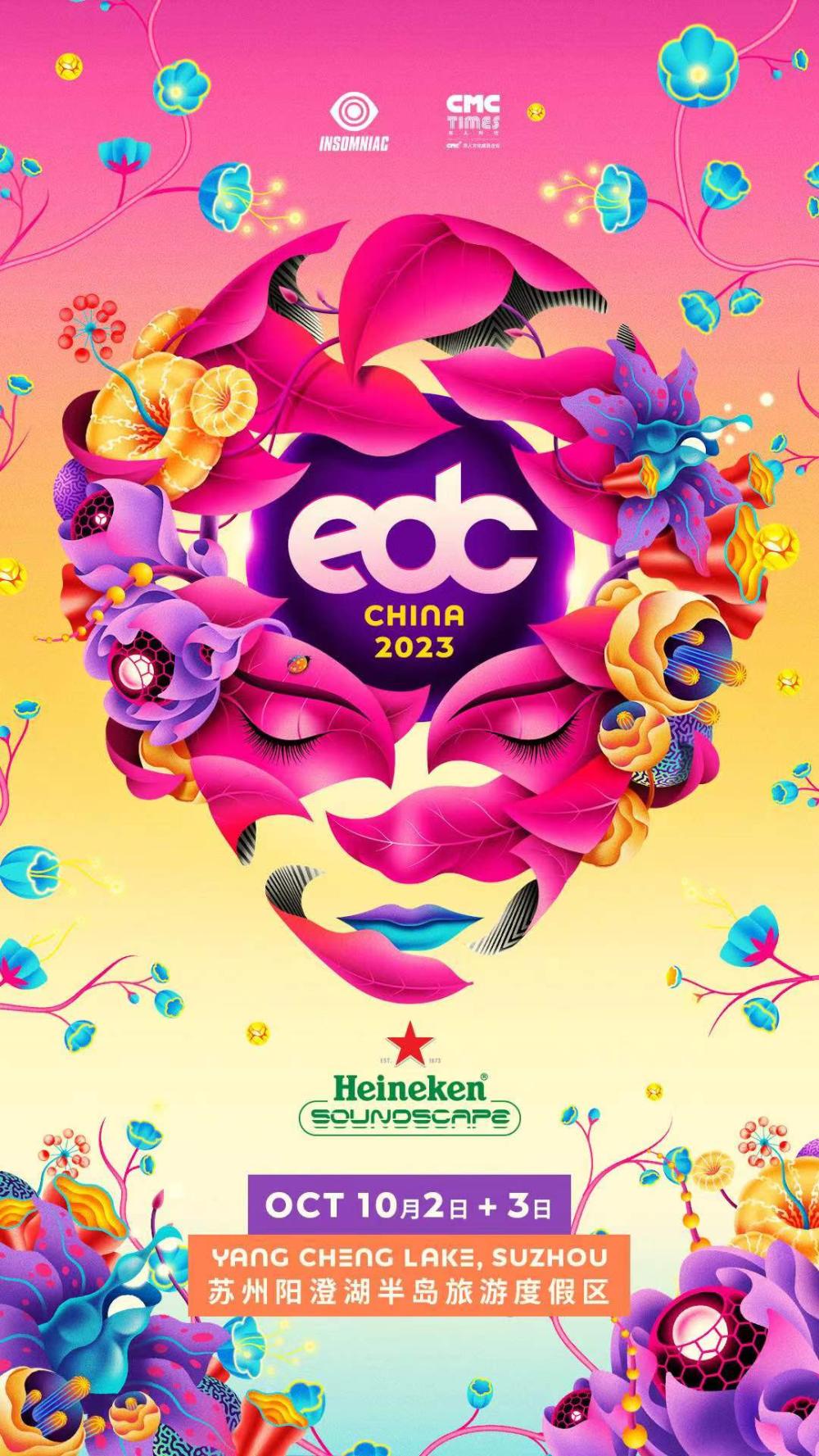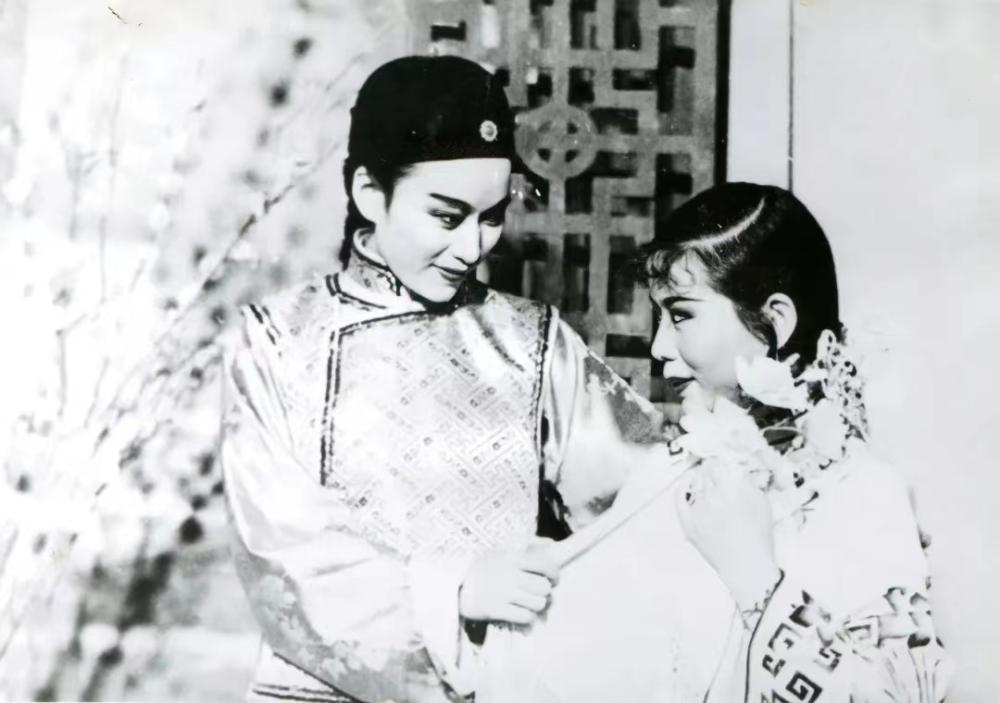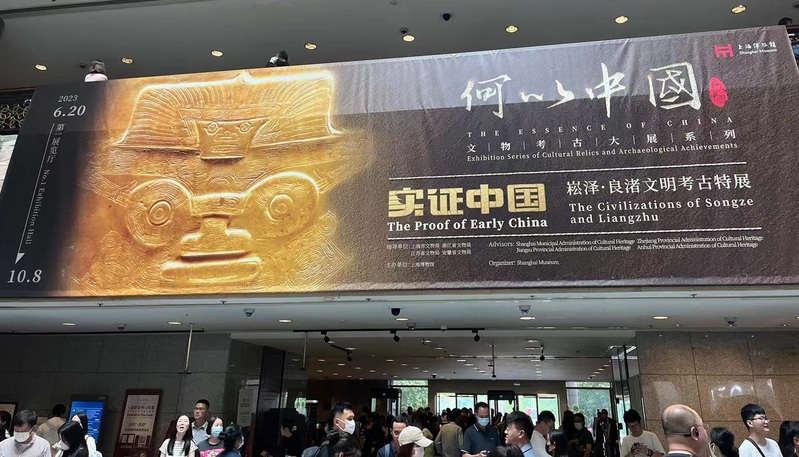The first complete exhibition in Asia! Appreciate Zao Wou-Ki’s “Painting Concept” and “Poetic Heart”
"I have been reading poetry since I was in elementary school. The expressions of poetry and painting are essentially the same, and both convey the spirit of life," Zao Wou-Ki once said.
This year marks the 60th anniversary of the establishment of diplomatic relations between China and France. Zao Wou-Ki, a world-renowned Chinese artist, has crossed the cultural boundaries between the East and the West with his profound artistic heritage and unique poetic connotations, becoming a bridge for artistic exchanges between China and France.
As the 2024 annual exhibition of Jiushi Art Museum and the "Spring of Sino-French Culture-Special Presentation of the 60th Anniversary of the Establishment of Diplomatic Relations between China and France", Jiushi Art Museum welcomed the annual exhibition "Rhythm of Painting: Zao Wou-Ki's Painting and Poetry" on June 27. The exhibition selected Zao Wou-Ki's works from the late 1940s to the 2000s, focusing on more than 100 precious prints and porcelains, and selected and translated more than 60 illustrated poems.
Through the three thematic sections of "Visual Poetry", "Traveling with the Eyes" and "Reaching No Distance", the exhibition fully presents in Asia for the first time more than 10 sets of poetry and print collections completed by Zao Wou-Ki in collaboration with poets, aiming to allow viewers to travel through time and walk with the artist in poetry and painting.
Zao Wou-Ki began reading poetry and painting when he was a child, which made his works naturally resonate with the images in the text. Through the flexible rhythm of lines and the arbitrary use of colors like calligraphy, Zao Wou-Ki freely expresses his pleasant vision and spirit.
The exhibition invites the audience to explore the evolution of poetry, meaning and imagery, and appreciate the quiet and profound artistic conception reflected in poetry and painting. By reading the texts of important world writers such as Henri Michaux, René Char, Ezra Pound, André Malraux, etc., the audience can re-understand the imagery and metaphors in Zao Wou-Ki's works, and explore the dense and profound intertextual relationship between visual art and literary poetry in the appeal of the interweaving of art and literature.
At the exhibition, Zao Wou-Ki's paintings and poems from different stages of his creation correspond to each other, from concrete to abstract, using colors, lines and forms to express the fusion and mutual learning of civilizations, and presenting the enlightenment of art and literature to the intellect and mind in multiple dimensions.
Zao Wou-Ki was born in Beijing and arrived in France in 1948. He is a famous artist both at home and abroad. He blended the beauty of Chinese traditional culture and artistic spirit into the rhythm and space of Western abstract painting, making Eastern art represented by China attract worldwide attention.
Like Zao Wou-Ki, many Western artists and writers have also continuously drawn nourishment from Eastern civilization. This exhibition is themed on the painting and poetry in Zao Wou-Ki's works, focusing on a detailed reading of Zao Wou-Ki's collaboration with famous poets, opening up many important Chinese and foreign literary and philosophical speculations implied in Zao Wou-Ki's works, outlining the similarities and differences between Eastern and Western cultural contexts from an interdisciplinary perspective, and restoring the significance and charm of cultural exchanges and mutual learning of civilizations from Zao Wou-Ki's artistic creations, bringing fresh artistic perspectives and multiple in-depth interpretations to the audience.
The exhibition space of this exhibition is designed with the concept of "open book", so that the wall colors of different sections echo the book cover, achieving the effect of corresponding pictures and texts and unfolding chapter by chapter. In the middle of the exhibition, the indoor reading and walking are connected with the hazy landscape outside the window. At the same time, at the end of the long corridor exhibition hall, a public education area is specially planned for the audience to rest and read. The biography of Zao Wou-Ki and the introduction of various writers are made into cards that are easy for the audience to read, just like notes and labels between the pages of the book. The museum hopes that every visitor who comes to the exhibition can stop here, read, communicate and think, making the exhibition hall a space of continuous growth and overflow.
In order to allow the audience to have a richer and deeper experience and interpretation, during the exhibition the museum will also launch a series of thematic lectures and round-table forums, printmaking experience workshops, "little tour guides" and other rich and diverse supporting public education and aesthetic experience activities, aiming to allow audiences of different ages to more intuitively understand the process and fun of artistic creation.
Shanghai Jiushi Art Museum has long been committed to promoting the integration and mutual learning of Eastern and Western cultures, strengthening international artistic exchanges, and has established close cooperative relations with the French cultural and art circles. This cooperation has pushed the cooperation between the two sides to a new level. In the future, the two sides will continue to explore various forms of cooperation models.
The exhibition "The Sound of Rhythm: Zao Wou-Ki's Painting and Poetry" is not only a wonderful presentation of Zao Wou-Ki's artistic achievements, but also a profound cultural exchange and artistic collision. The museum hopes to use this exhibition to inspire the public to love and pursue art and literature, and feel the different charms of Chinese and French culture.
Ma Nan was specially invited to be the curator of this exhibition, which was hosted by Shanghai Jiushi Art Museum and undertaken by Shanghai Jiushi Culture Co., Ltd. The exhibition was open to the public from June 29 and will continue until October 13 this year.





